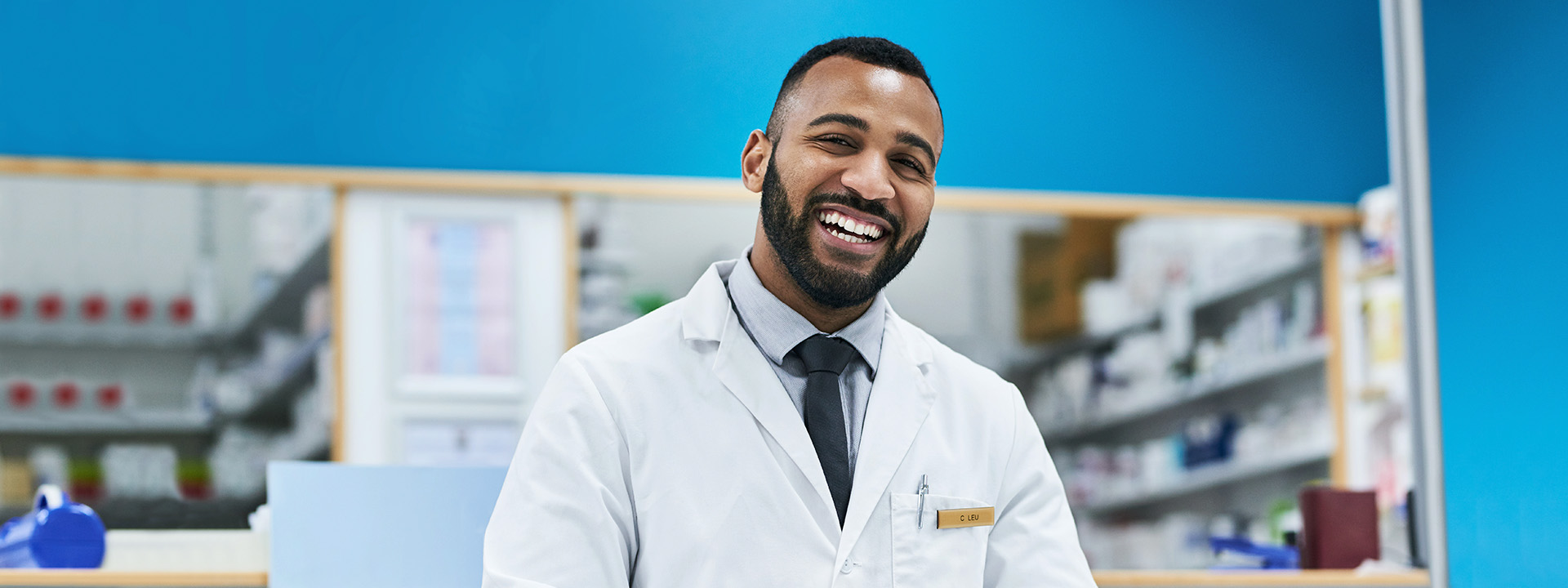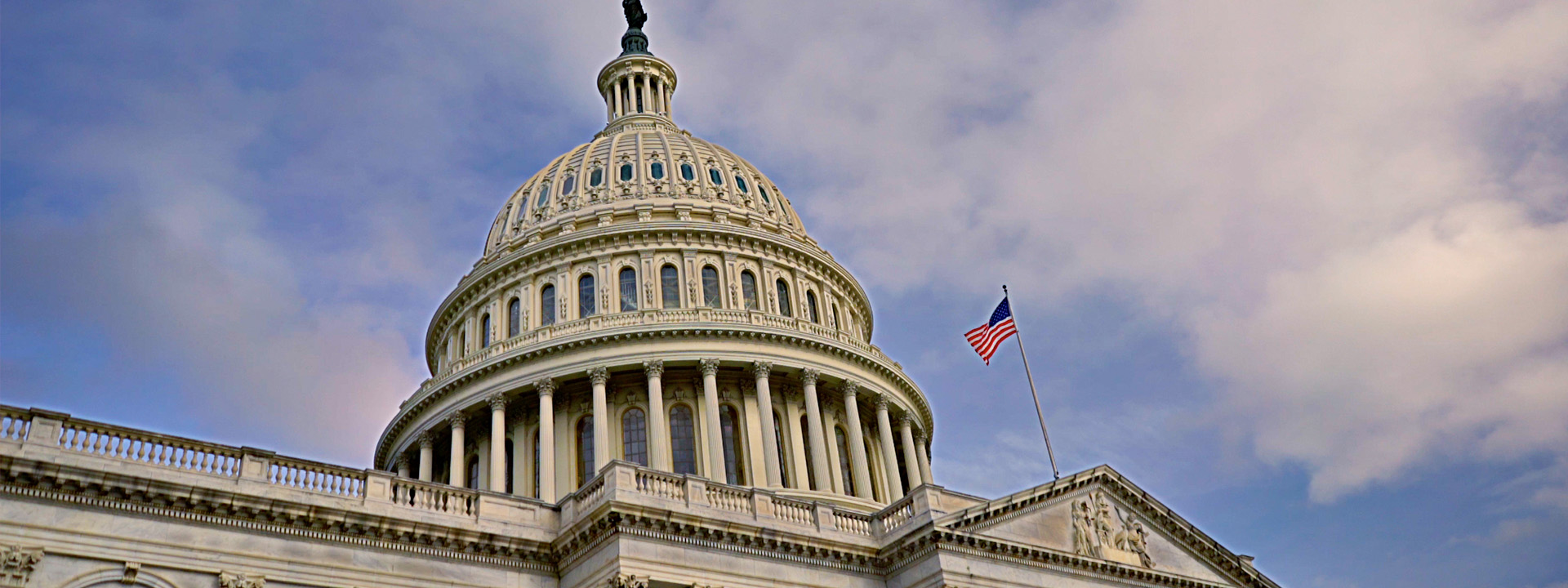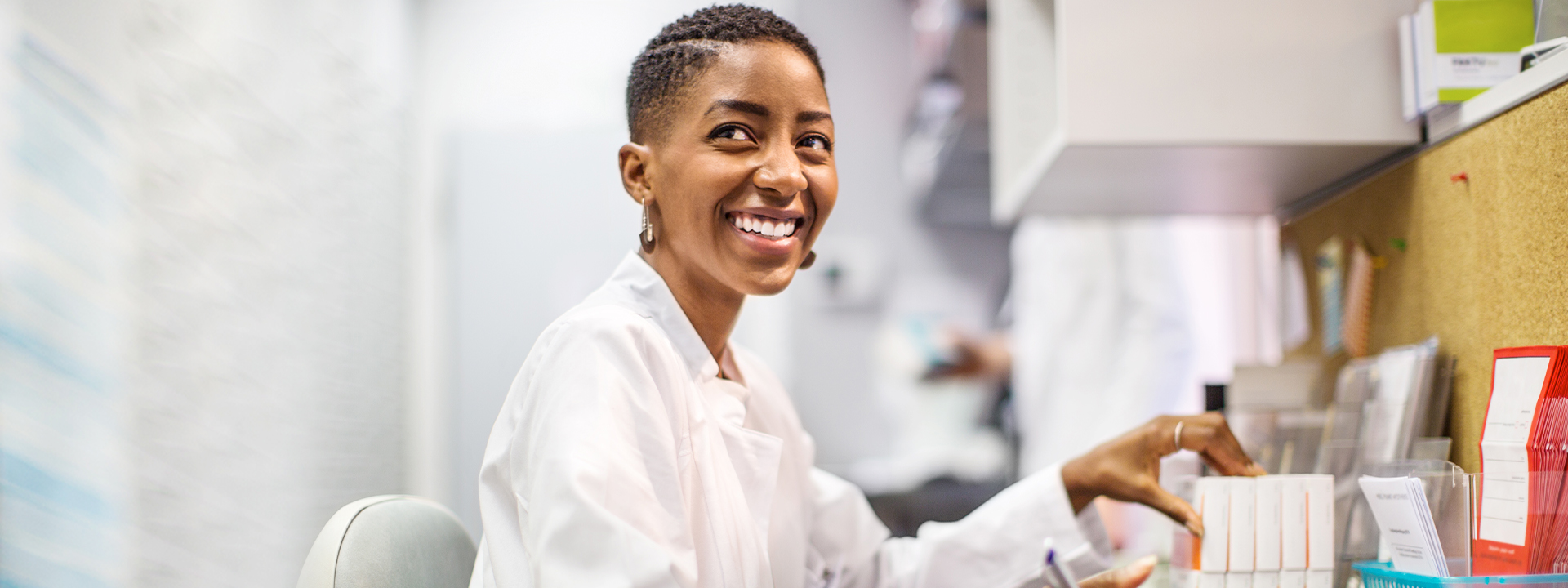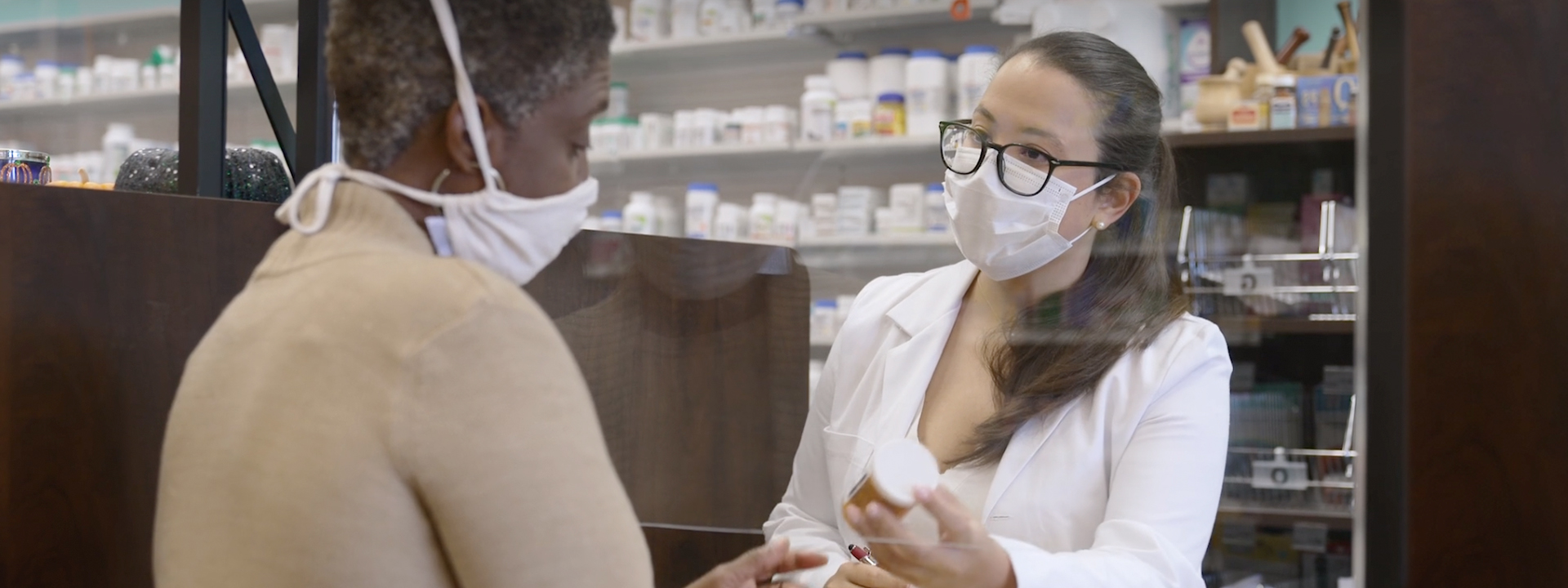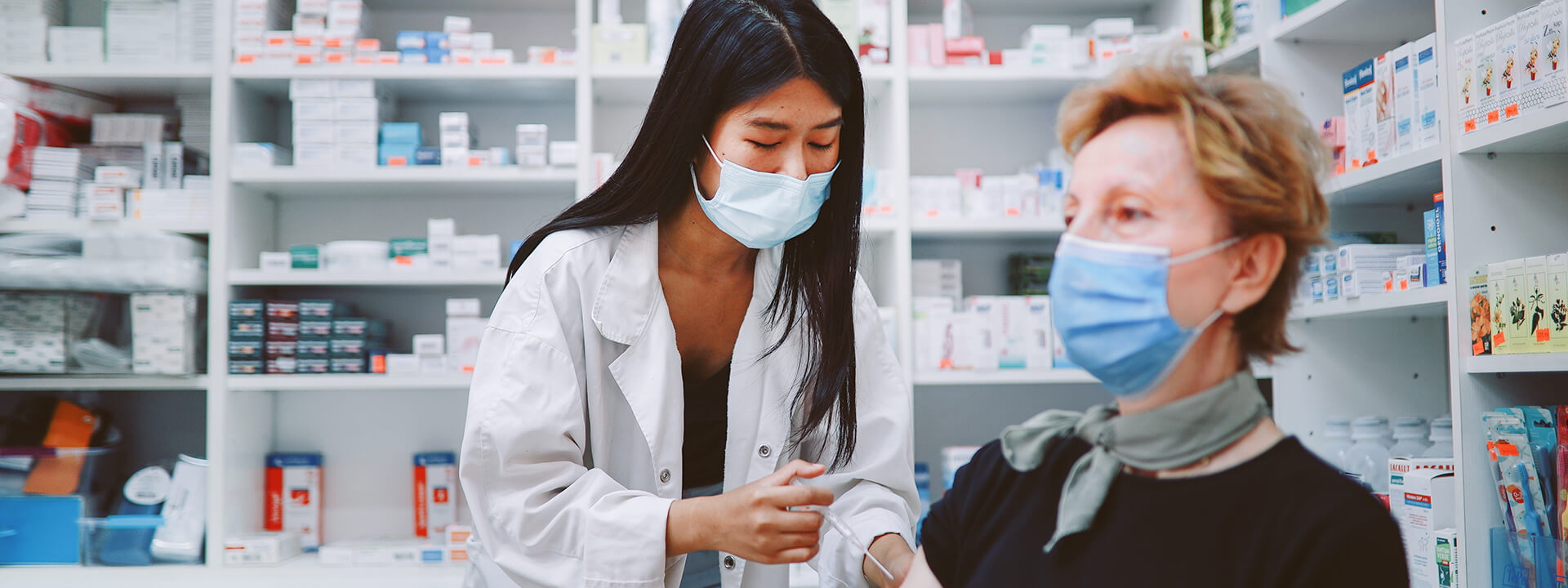Millions of Americans have been vaccinated against COVID-19. But this is only the latest example of pharmacies answering a call to duty. Today, thanks to the efforts of pharmacists and technicians (and the technology to support them), patients continue to get the care they need.
Can you imagine a world without testing, vaccines and booster shots at your local pharmacy?
Over the past two years, pharmacists and technicians across the nation pivoted to make strides in quality and innovation, all while balancing increased responsibilities.
And these increased responsibilities weren’t just more phone calls for prescription refills and prior authorization approvals, but a massive shift towards clinical services such as tests and vaccinations for millions of patients—a shift in which pharmacists have taken their rightful place as critical care providers on the front lines of care.
At Surescripts, we’re proud to partner with pharmacies and pharmacy technology vendors who continue to make incredible strides in innovation—in or out of a pandemic.
“In my 45 years in the pharmacy profession, the opportunities and challenges that have been presented to pharmacists in the last 22 months are unparalleled, with new COVID-related responsibilities and an evolving role on the patient’s care team.”
According to a survey of 3,000 patients, 1,000 pharmacists and 500 providers:
- Most patients (77%) agreed that pharmacists are an integral member of the care team—and most (76%) said that they would be comfortable with pharmacists checking their vitals.
- Most pharmacists (80%) expect to take on more direct patient care in the future, such as patient counseling and a more active role in preventative care.
- Most providers (80%) expressed a high level of trust in pharmacists doing outreach to discuss medications with patients who have chronic conditions.
And most Americans today live within five miles of a pharmacy. Together with increasing levels of trust in pharmacists among patients and providers, proximity makes pharmacies the most frequent touchpoint in healthcare—and this may only accelerate the trend toward pharmacists and technicians as front-line care providers.
But barriers remain: We must increase information sharing. We must replace outdated technology. And we must revolutionize how care teams communicate.
“Early on, we had concerns with staffing, personal protective equipment (PPE), plexiglass … but we evolved to administer the COVID-19 vaccines and to build the infrastructure for scheduling those vaccines. We also had to communicate with state registries and the CDC. It’s been a journey. And it’s constantly changing. Changes often come unannounced—and we need to react quickly.”
Innovation is happening at an accelerated pace—and is beginning to break down barriers—fueled by strong partnerships and the common mission to improve the healthcare journey for every American. And as we saw in 2021, seamless access to patient information improves communication between pharmacies and broader patient care teams.
Real-Time Prescription Benefit and RxChange, for example, enables pharmacies to avoid back-and-forth phone calls and costly restocking fees by arming them with patient-specific benefit information, prior authorization alerts, and an in-workflow ability to request changes.
Our 2021 National Progress Report shows that:
- The RxChange response rate rose 8 percentage points.
- Pharmacies used Clinical Direct Messaging to send 21 million vaccine notifications to primary care providers, including 16 million for COVID-19.
- Nearly 900,000 individuals and organizations—including over 23,000 pharmacies—used Clinical Direct Messaging for secure, HIPAA-compliant exchange of protected health information.
Pharmacies and pharmacy technology vendors are continuing to answer the nation’s call for help, and at Surescripts, we will continue to build the technology that supports them.


 Dean Riggott Photography
Surescripts
Dean Riggott Photography
Surescripts
